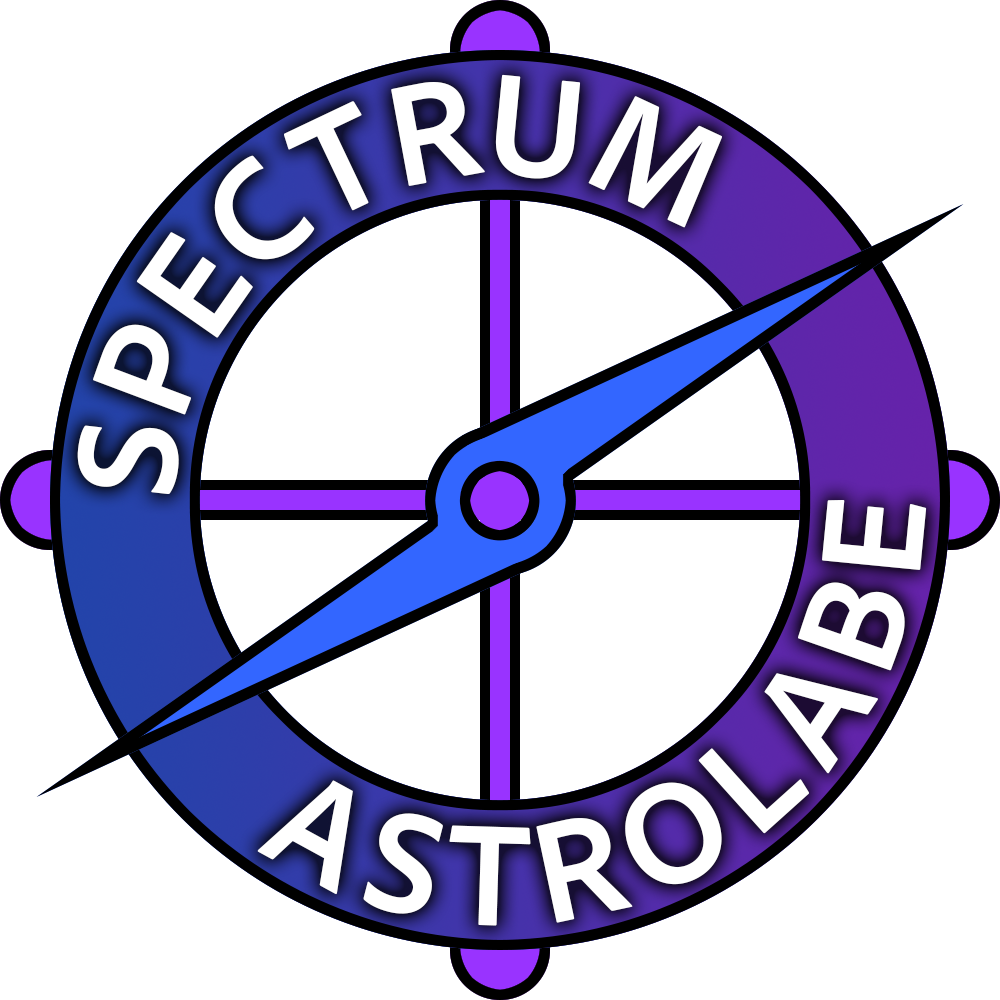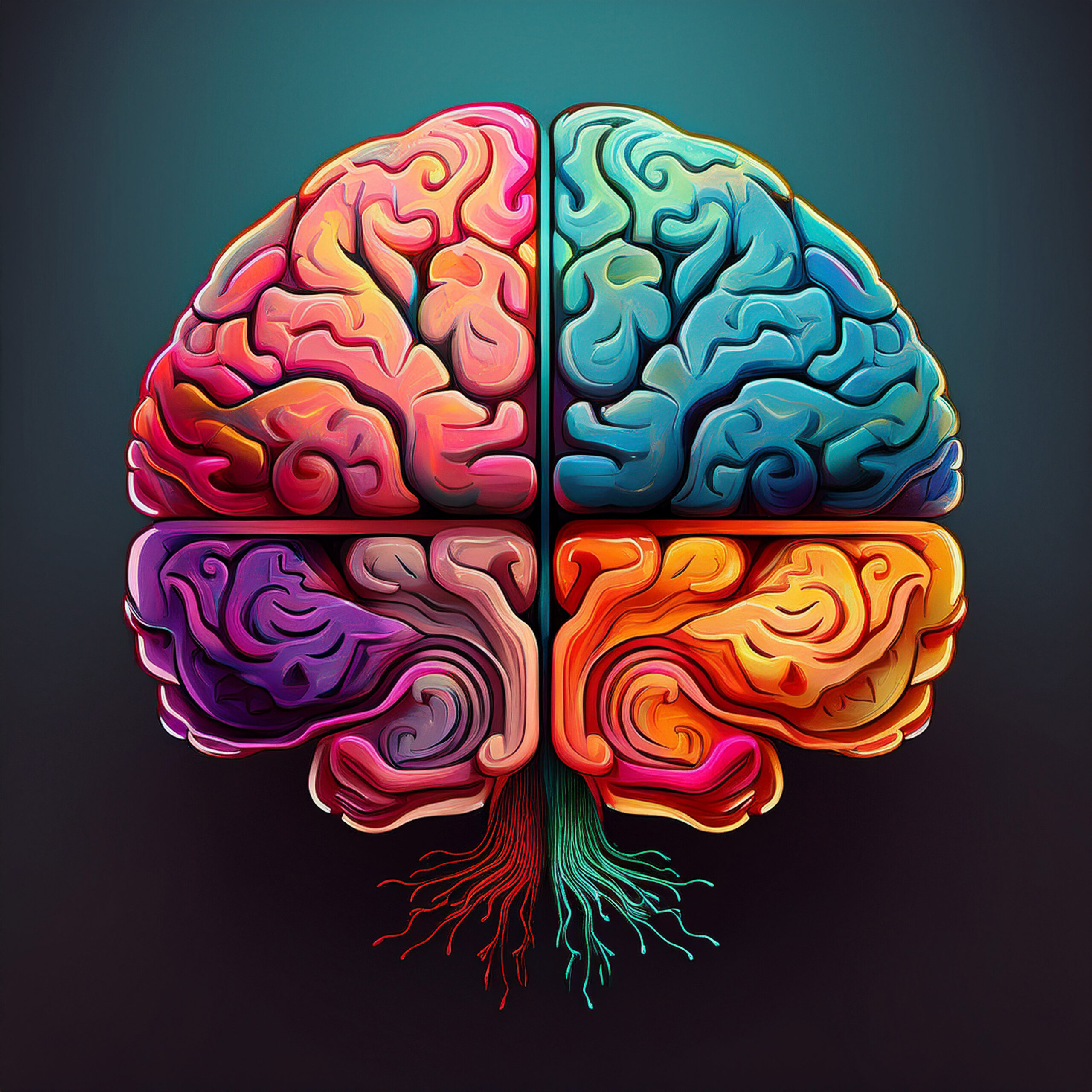Let’s clear the air: the old chestnut that autistic people can’t communicate as well as everyone else just doesn’t hold water. A new study from the University of Edinburgh has thrown a wrench in that stereotype, showing that autistic folks are just as effective at getting their message across as non-autistic people. The real kicker? The trouble isn’t about ability, but about style.
The Study That Turned Heads
Here’s the gist. Researchers rounded up 311 people-some autistic, some not-and set up a game of “telephone.” You know, the one where a story gets whispered down the line and you see how much of it survives the journey. Each group was either all autistic, all non-autistic, or a mix. When the dust settled, there was no difference in how much information made it to the end, no matter the group’s makeup.
But here’s where things get interesting:
- People enjoyed chatting more with others who shared their neurotype.
- Autistic folks felt more at ease with fellow autistics, and non-autistic folks preferred their own company.
- The researchers chalked this up to differences in communication style, not skill.
What Makes Autistic Communication Tick?
Let’s not beat around the bush: autistic communication can look and sound different. But different doesn’t mean broken. Here are a few things we’ve learned from autistic voices and research:
- Directness is the name of the game. Many autistic people value honesty and get straight to the point. No sugar-coating, no beating around the bush. Some folks might see this as blunt, but it’s just being real.
- Body language and eye contact? Not always a priority. While non-autistic people might read a room through facial expressions or tone, autistic folks might focus more on words and less on nonverbal cues. Eye contact can be uncomfortable or distracting, so don’t take it personally if someone looks away.
- Conversation can branch out like a tree in spring. Autistic conversations might jump from topic to topic, especially if a special interest pops up. This isn’t a bug; it’s a feature. It makes for lively, passionate exchanges-sometimes called “infodumping”-that can light up a room if you let it.
- Turn-taking and timing might not match the usual script. Pauses, interruptions, or repeating phrases (echolalia) are common. These aren’t signs of rudeness or confusion-they’re just part of a different rhythm.
- Empathy shows up in unique ways. Sharing a similar story or using familiar scripts is a way to connect, even if it doesn’t look like typical empathy. It’s a different flavor, not a lack of feeling.
Why the Disconnect?
If autistic people can communicate just as well, why do misunderstandings still crop up? It’s a classic case of “ships passing in the night.” When two people use different social playbooks, things can get lost in translation. This is known as the “double empathy problem”-misunderstandings go both ways, not just from autistic to non-autistic.
Let’s put it plainly:
- Non-autistic people might see directness as rude, when it’s actually honesty.
- Autistic people might miss subtle hints or sarcasm, but that’s just a different way of tuning in.
- Both sides can feel like a fish out of water when they don’t “get” each other’s style.
Tips for Smoother Sailing
If you want to bridge the gap, here are a few nuggets of wisdom:
- Don’t sweat the small stuff like eye contact or small talk.
- Ask for clarification if you’re confused-no harm, no foul.
- Appreciate directness for what it is: a shortcut to the heart of the matter.
- Remember, everyone wants to be understood-even if the path there looks a little different.
Final Thoughts
We’re all playing the same game, just with different rules. The latest research is a breath of fresh air, reminding us that autistic communication isn’t a broken radio-it’s just tuned to a different station. If we meet each other halfway, we might find the conversation is richer than we ever expected.
Citations:
- University of Edinburgh. (2025, May 14). Autistic people communicate as effectively as non-autistic people, study finds. ScienceDaily. https://www.sciencedaily.com/releases/2025/05/250514111351.htm
- Milton, D. E. (2012). On the ontological status of autism: The ‘double empathy problem’. Disability & Society, 27(6), 883–887. https://doi.org/10.1080/09687599.2012.710008
- Crompton, C. J., Ropar, D., Evans-Williams, C. V. M., Flynn, E. G., & Fletcher-Watson, S. (2020). Autistic peer-to-peer information transfer is highly effective. Autism, 24(7), 1704–1712. https://doi.org/10.1177/1362361320919286
- Botha, M., Hanlon, J., & Williams, G. L. (2021). Does language matter? Identity-first versus person-first language use in autism research: A response to Vivanti. Journal of Autism and Developmental Disorders, 51(2), 865–877. https://doi.org/10.1007/s10803-020-04858-w










